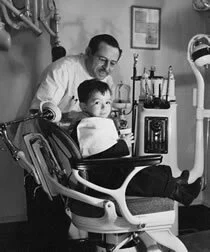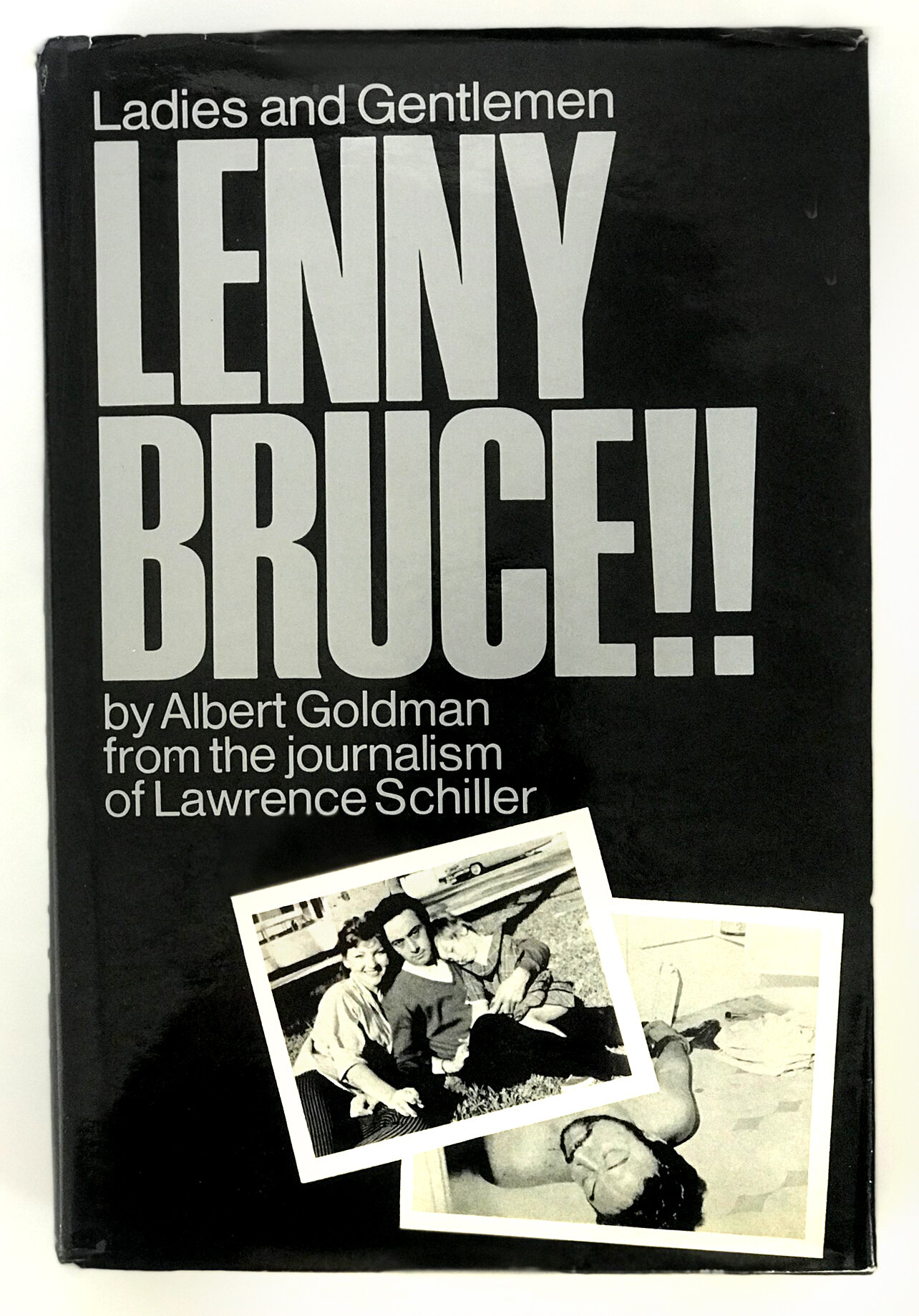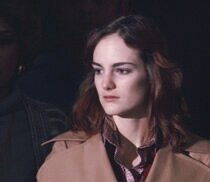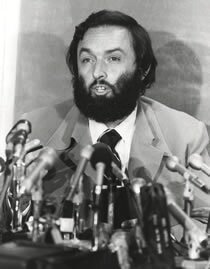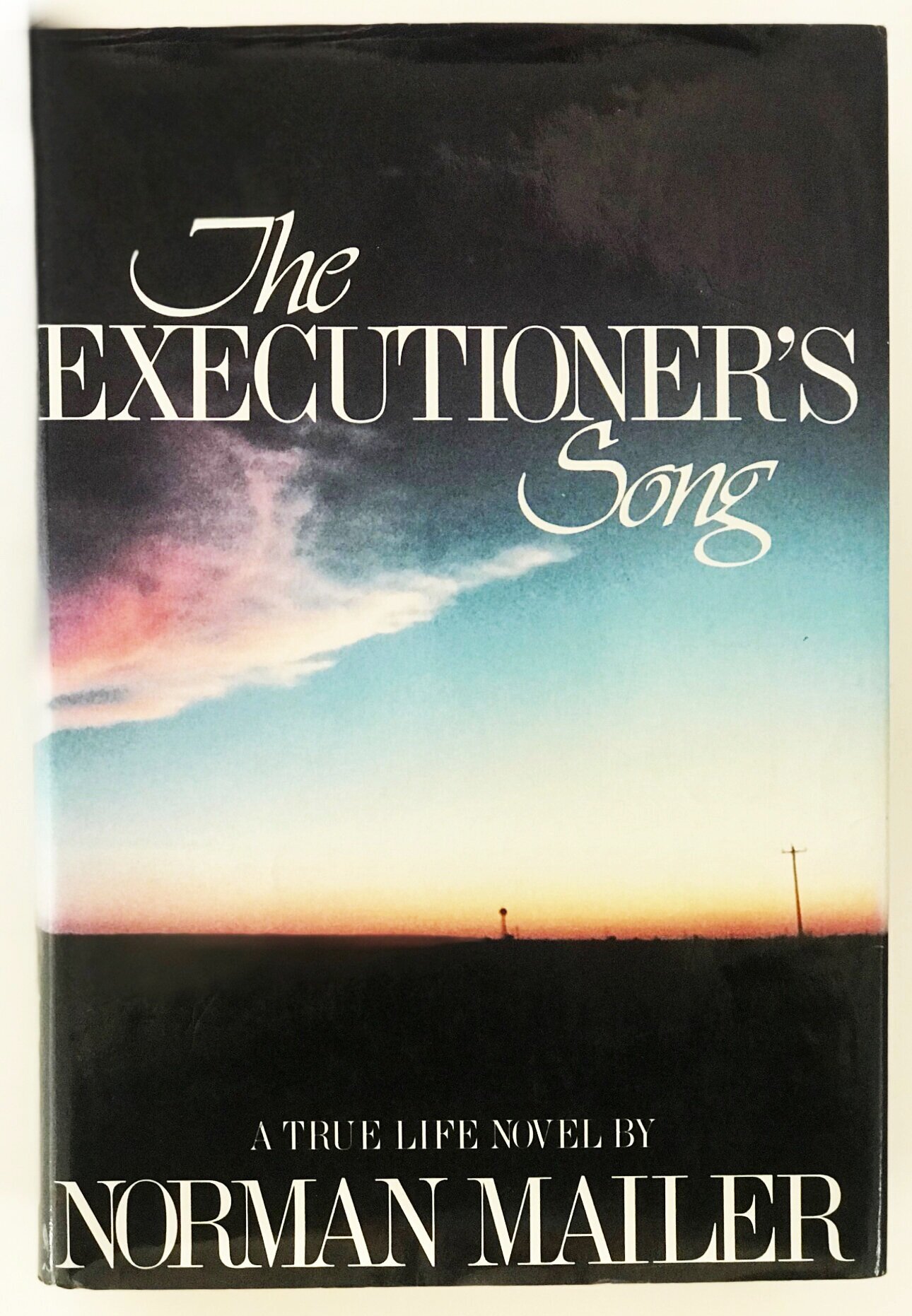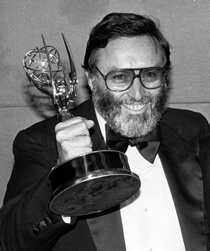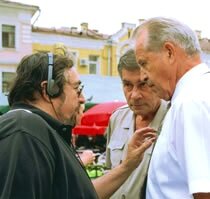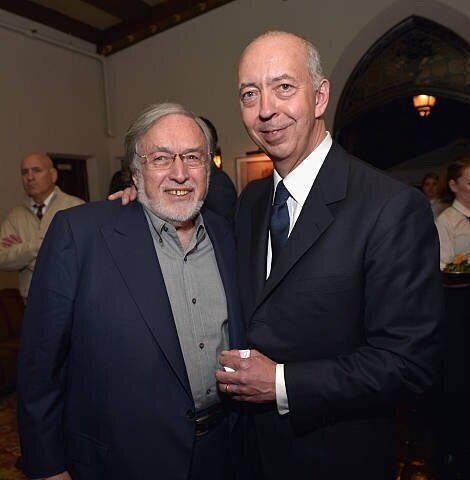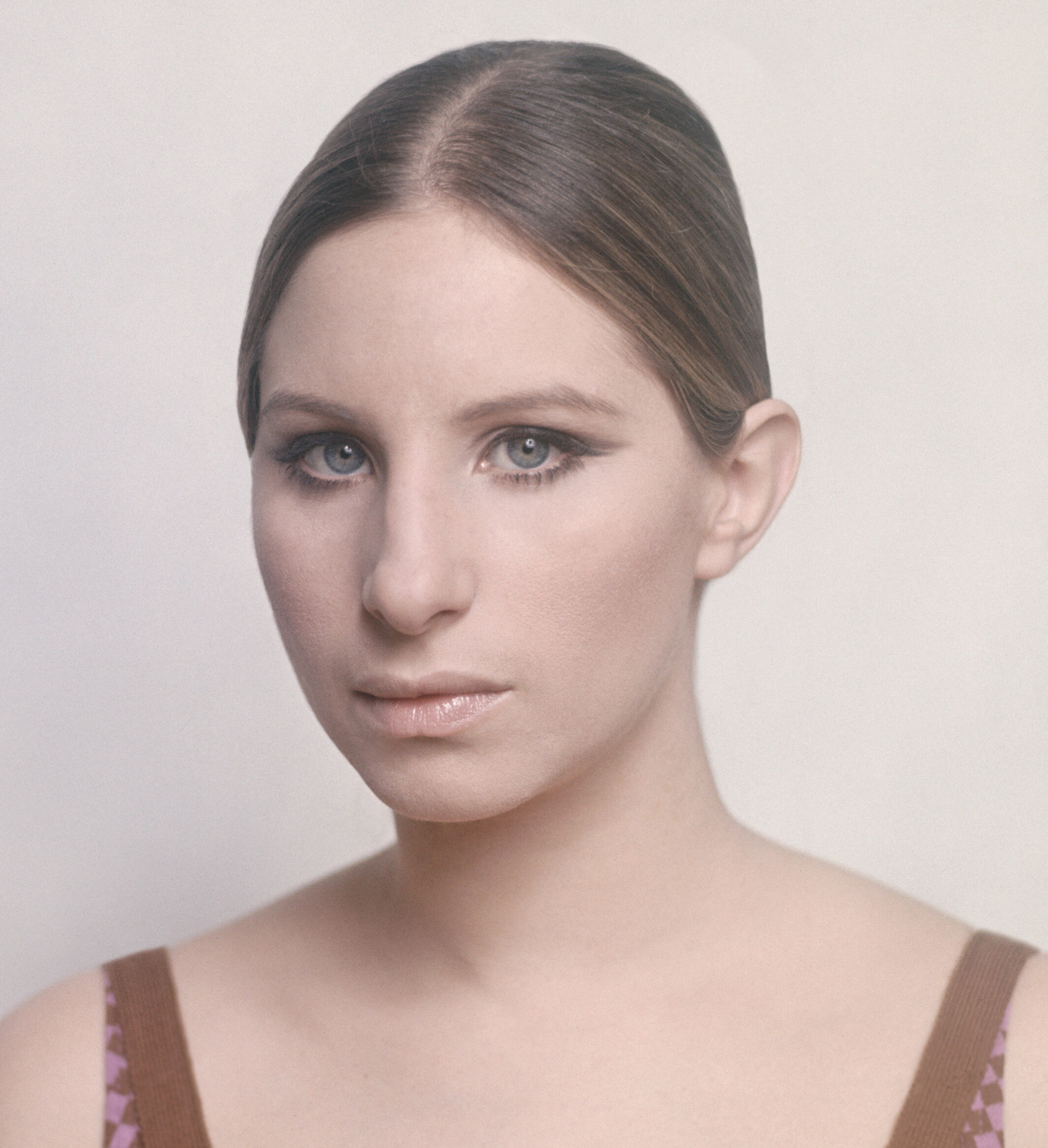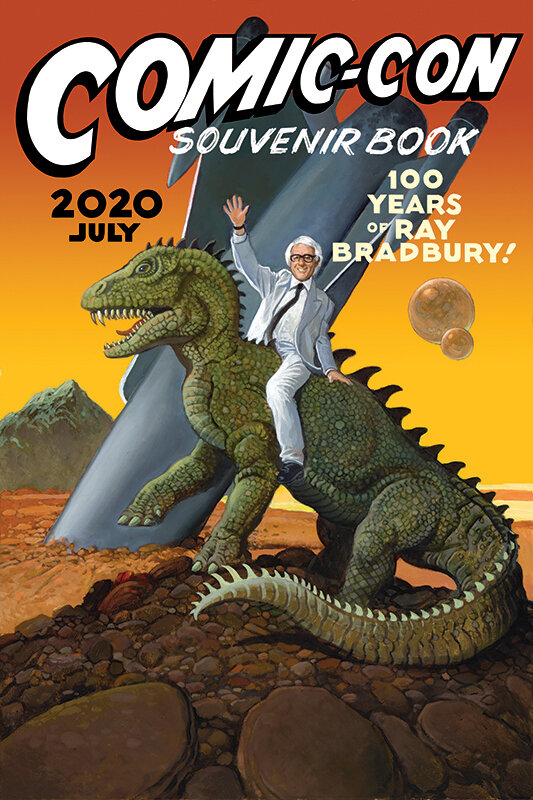Biography
Though a childhood accident left him with impaired vision in one eye, Lawrence Schiller became an obsessive photographer; even while attending Pepperdine College, his pictures had already appeared in Life, Sport, Playboy, Glamour, and the Saturday Evening Post. Schiller’s interests and ambitions soon developed into a profession in print journalism, documenting major stories for glossy magazines all over the world, including Life, Look, Newsweek, Time, Paris Match, Stern, and the London Sunday Times. His iconic images of Robert F. Kennedy, Richard Nixon, Bette Davis, Barbra Streisand, Marilyn Monroe, Muhammad Ali, and Madame Nhu, among others are tributes to his doggedness, ingenuity, and charm as well as to his technical proficiency.
In November 1963, while on assignment for the Saturday Evening Post, he reached Dallas in time to photograph Lee Harvey Oswald. Later, he landed Jack Ruby’s final interview. After extensive interviews with the widow of Lenny Bruce in 1968, Schiller and the writer Albert Goldman published Ladies and Gentlemen, Lenny Bruce (1974); and, with the photographer W. Eugene Smith, he produced Minamata (1975), the epic pictorial chronicle of mercury poisoning in Japan.
Schiller moved into motion pictures by directing a portion of Butch Cassidy and the Sundance Kid (1969) with Paul Newman and Robert Redford, and Lady Sings the Blues (1972) with Diana Ross. In 1971, he produced and co-directed with L.M. Kit Carson the acclaimed documentary, The American Dreamer on Dennis Hopper. His editorial direction of The Man Who Skied Down Everest (1972) won an Oscar for Best Feature Documentary for its producer. After obtaining extraordinary cooperation from the Kremlin, in 1986, he executive produced and co-directed Peter the Great, the Emmy Award-winning television mini-series starring Maximilian Schell, Vanessa Redgrave, and Laurence Olivier.
Perhaps nothing in Schiller’s career proved more remarkable, though, than his collaboration with Norman Mailer — a friendship unique in American literary history. For nearly thirty-five years the two worked closely together, on books including Marilyn (1973), The Faith of Graffiti (1974), Oswald’s Tale (1995), Into the Mirror (2002), and The Executioner’s Song (1979), for which Mailer won the Pulitzer Prize. Schiller, who conceived of the project, did much of the legwork, interviews, and research for the book, while outmaneuvering numerous other reporters to gain exclusive access to the book’s subject, Gary Gilmore, and went on to produce and direct the award-winning television miniseries based upon it, starring Tommy Lee Jones.
Schiller embedded himself into the so-called “Dream Team” defending O. J. Simpson, and with his unique insider’s perspective on the case, co-wrote (with James Willwerth) the New York Times number one best-selling American Tragedy (1996). His reporting on antisocial behavior soon became the basis for many books and motion pictures and documentaries for television, many of which he produced and directed.
Schiller has been a consultant to NBC News, the John F. Kennedy Library Foundation, and the Annie Leibovitz Studios, among many other photographic archives; and has written for The New Yorker, The Daily Beast, and other publications. Upon the death of Norman Mailer, in 2008, Schiller was named the President and Co-Founder of the Norman Mailer Center and Writer’s Colony in Provincetown, Massachusetts. He currently is a consultant and advisor to various estates and trusts on monetizing and preserving the legacy of noted figures in America. His historical archives reside at the Dolph Briscoe Center for American History at the University of Texas at Austin.
Timeline
1936
Born on December 28, 1936 in Brooklyn, New York. Lived at 10 Argyle Street, Brooklyn until 1943.
1943
Family moves to San Diego, California and soon after resided in Pacific Beach, California.
1947
During the summer, Larry mans a booth selling film at the San Diego Country Fair while his grandmother sits in a chair watching over him.
1949
Attends La Jolla High School and starts to work for a local newspaper, The La Jolla Light, photographing high school activities and sports events.
1951 - 1953
In High School Larry wins five Graflex Photographic Awards and that summer, he works with photographer Andy Lopez for the Acme NewsPix, in New York city, as his photographic assistant. The New York Times writer Jacob Deschin labels Schiller “A Pro at Sixteen” in a US Camera magazine feature story. Soon after, Larry wins a Socialistic Sports Association scholarship to Pepperdine College, Los Angles, California.
1954
Schiller’s photograph of Governor Goodwin J. Knight, is selected as one of the Governor’s official portraits. Larry begins publishing in Sport magazine and he wins several Scholastic Magazine Photographic Awards and the next year publishes his first photos in The Saturday Evening Post.
1956
Publishes first photograph in Life magazine; titled “Head Over Heels in Work.”
1958
Photographs first playmate, Joan Staley, for Playboy magazine and thereafter publishes his first color photographs in Life magazine, of dancer Julie Newmar. Shortly thereafter publishes a series of photographs on river running up the Colorado River for Life.
1960
In April, photographs Marilyn Monroe on assignment for Look magazine and, in October-November, photographs Richard Nixon’s unsuccessful campaign for President of the United States for Paris Match magazine.
With wife Judi Schiller, has first of three children, Suzanne, followed by Marc and Howard.
1961
Wins National Press Photographers Association and Encyclopedia Britannica Awards “Best Storytelling Photo” for his photo of Nixon conceding the election to John F. Kennedy.
1962
Photographs Marilyn Monroe on the set of Something’s Got to Give for Paris Match magazine and publishes his first Life magazine cover of Marilyn Monroe. Upon the death of Marilyn, the same year, he publishes his second Life magazine cover of Monroe.
1963–1964
Photographs Lee Harvey Oswald, Jack Ruby, and the events surrounding the assassination of John F. Kennedy in Dallas for The Saturday Evening Post.
1965
Photographs Muhammad Ali–Floyd Patterson fight in Las Vegas for Sport magazine, Dr. Martin Luther King, Jr. and the Watts riots for Paris Match.
1966
Publishes his first major photographic essay on the indiscriminate use of LSD for Life magazine and publishes his first book on the same subject. The article leads to the federal criminalization of LSD.
1968
Photographs Robert Kennedy during his presidential campaign, just prior to the candidate’s assassination.
Directs the still montage in the motion picture Butch Cassidy and the Sundance Kid (1969) for Paul Newman and 20th Century Fox.
1969
Photographs Paula Kelly for Playboy, breaking the “pubic hair” barrier and opening the door for Bob Guccione and others to distribute publications that included full frontal nudity via the U.S. Postal Service.
Publishes an exclusive interview of Susan Atkins’s confession about her role in the Charles Manson killings which appears on the front page in the Los Angeles Times and other newspapers.
Collaborates with author Albert Goldman on Ladies and Gentleman, Lenny Bruce!!, a book about the controversial satirist, which became the basis of a motion picture starring Dustin Hoffman.
Produces some of the most iconic photographs of Barbra Streisand during the filming of On a Clear Day, You Can See Forever.
1971
Directs the film American Dreamer, a cult classic about director/actor Dennis Hopper, with L. M. Kit Carson.
Conceives and produces the title sequence and still montages for Barry Gordy’s feature film Lady Sings the Blues, starring Diana Ross.
1972
Begins to work with W. Eugene Smith on Smith’s epic photographic essay Minamata; the first major photographic book on industrial pollution.
First collaboration with Norman Mailer, on the book Marilyn, with photographs by twenty-four leading photographers. The book becomes Larry’s first New York Times best seller.
1975
His editorial direction of The Man Who Skied Down Everest wins the documentary feature Oscar for the film’s producers.
1976
Covers the Patty Hearst trial for Time magazine, gaining inside access to F. Lee Bailey and the defense team.
1976
Directs his first dramatic narrative motion picture, Hey, I’m Alive, for ABC Television network.
1977
Schiller concludes a series of interviews with convicted murderer Gary Gilmore and is the sole journalist to witnesses Gilmore’s execution in Utah. At the time, his death row interview with Gilmore is the longest published in Playboy magazine.
1979
With collaborator Norman Mailer as author, Larry publishes The Executioner’s Song, based upon Schiller’s extensive interviews and research surrounding Gary Gilmore. The book wins the Pulitzer Prize in 1980 and becomes a New York Times best seller.
With his second wife Stephanie Schiller, has first of two children, Anthony and Cameron.
1982
Directs and produces the Emmy-award winning television miniseries The Executioner’s Song; its star, Tommy Lee Jones, wins an Emmy for Best Actor in 1983. The movie wins numerous awards and is shown at the Berlin Film Festival.
1984–1988
Executive produces and co-directs the three-time Emmy award-winning television miniseries Peter the Great. The film stars Maximilian Schell and wins Schiller the Emmy for Outstanding Miniseries.
In 1987, Schiller is a delegate to the Moscow Peace Forum at which Mikhail Gorbachev announces the beginning of perestroika.
1994
The New Yorker publishes an extensive excerpt from Oswald’s Tale, Schiller’s fourth collaboration with Norman Mailer. The book becomes a New York Times best seller.
1995–1996
Interviews O.J. Simpson in jail while he awaits trial, which becomes the basis for Schiller’s book, American Tragedy, with James Willwerth. It becomes a New York Times number-one best seller, and reveals the inside story of the Simpson defense team.
1998
Publishes Perfect Murder, Perfect Town, a New York Times best seller about the JonBenet Ramsey murder case.
1999–2002
Directs and produces three major miniseries for CBS Television from books he has authored: Perfect Murder, Perfect Town; American Tragedy, and Master Spy: The Robert Hanssen Story.
2003–2004
Directs and produces Trace Evidence television series with forensic scientist Henry Lee, exploring thirty-four different murder cases that Dr. Lee was primarily responsible for solving.
2006–2008
Schiller, begins to document China’s contemporary art world as told by its leading artists.
He opens an exhibition of his photographs at the Millennium Art Museum in Beijing, China.
(Portrait by Zeng Fanzhi)
2008
After the death of Norman Mailer, with Mailer’s wife, Norris Church Mailer, he establishes the Norman Mailer Center and Writers Colony, a not-for-profit educational institution. Gay Talese, Joan Didion, and Tina Brown, among other literary luminaries join the board of directors.
2009
Becomes a consultant to photographer Annie Leibovitz in the reorganization of her company.
2011
With Benedikt Taschen, Schiller publishes Norman Mailer’s MoonFire, the first in a series of eight books that combine the words of noted writers with images by the world’s foremost photographers.
2014
With fellow photographer, Steve Shapiro, Schiller publishes Barbra with Taschen, which includes more than 200 photographs.
Schiller’s photographic exhibition, American Moments opens in Moscow, Berlin, and Los Angeles.
2015
With writer Tom Wolfe, Schiller publishes a new edition of Electric Kool-Aid Acid Test, which combines Wolfe’s text and Schiller’s photographs from the 1960s.
2016 - 2017
Schiller becomes a consultant to the John F. Kennedy Library Foundation for JFK’s centennial celebration.
Curates the photographic exhibition, American Visionary: John F. Kennedy’s Life and Times for the Smithsonian American Art Museum; produces the official Centennial book for HarperCollins, and the Smithsonian opening night event, featuring Stephen Kennedy Smith and Caroline Kennedy in Washington, D.C.
2018
Publishes the Promise and the Dream by David Margolick and curates Rebel Spirits, an exhibition for the New York Historical Society on the life of Martin Luther King Jr. and Robert F. Kennedy.
2020
Schiller consults for the Ray Bradbury Estate to originate and manage events for the Centennial of Ray Bradbury in 2020.
2021
Schiller publishes a coffe table edition Marilyn & Me with Taschen based on his photographs and relationship with Marilyn Monroe.



